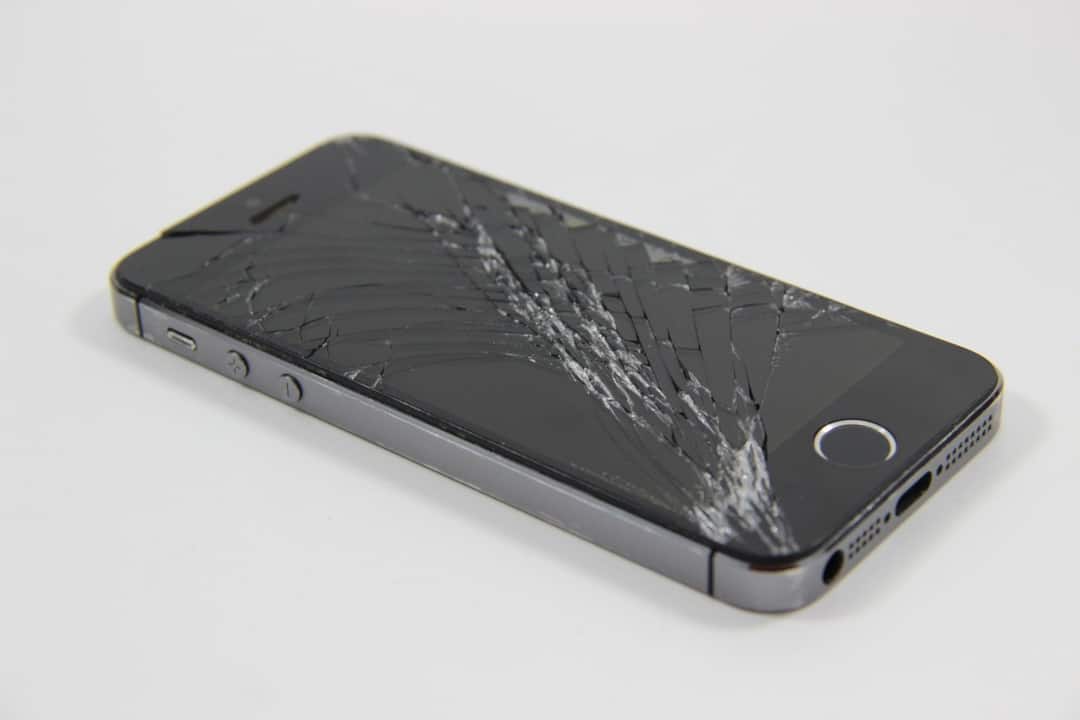Electronics have become an integral part of our lives — the constant presence of screens has become an indicator of humanity’s absolute dependence on technology. However, the short shelf-lives of our gadgets create a vicious use-and-replace cycle, which requires processing by human workers.
Dr. Victoria Arrandale spoke to The Varsity about the hazards facing workers who handle electronic waste. Through her work as a professor at the Occupational and Environmental Health Division of U of T’s Dalla Lana School of Public Health, she recently published a paper on the subject.
Arrandale co-authored the invited review with the aim of assessing some of the risks associated with electronic waste recycling and the exposure to hazardous chemicals that e-waste workers face. She worked together with Dr. Joe Okeme, a research associate at the Occupational Cancer Research Centre at Cancer Care Ontario.
“E-waste workers are exposed to a variety of chemicals including metals, particulates, persistent organic compounds, and flame retardants. Exposure varies according to job task with higher exposures observed for dismantling and burning e-waste,” wrote the co-authors.
Little information exists on the health consequences of handling e-waste
The literature to date has looked at the different kinds of exposure that e-workers face, according to Arrandale. However, there is little information on the health effects that these labourers incur, even though scientists know that some of these exposures are extremely hazardous.
In their review, Arrandale and Okeme summarized the conclusions of existing research on the various exposures that e-waste workers face, along with associated health risks that researchers have assessed on a qualitative level.
“In the literature there really isn’t much epidemiology at all, and it’s epidemiology that tells us about the magnitude of the risk among these workers,” mentioned Arrandale.
“So, we can estimate… that these exposures are hazardous and are likely to lead to some health effects,” she continued. “But we can’t currently really quantify that risk.”
Researchers relied on biological measures more often than measuring external exposure, according to the co-authors. To better protect workers, they noted that additional efforts are required to better understand these exposures and their effects on health.
The paper found that the removal of hazardous materials from electronics, together with lessened e-waste production, would benefit workers, communities, and our environment.
Psychological stresses of the work environment
Electronic waste workers also face hazards to their psychological health. In the paper, the co-authors cited two papers that explored workplace stress experienced by e-waste workers.
Some of the work is done in dangerous environments, where workers face poor working conditions or may be working for low wages, which are factors that cause occupational stress. Arrandale believes that it deserves more investigation.
“In terms of e-scrap and waste, I think there are several levels to think about in terms of how we reduce the risk to workers,” Arrandale continued. She believes that it starts with personal responsibility, where we carefully consider which electronics we purchase and how quickly we replace them.
“The more electronics we use, the more waste we’re creating,” she noted.
Arrandale also thinks that there’s another angle that lays some responsibility for electronics manufacturers. Regulators may be able to ensure that producers both minimize the harmful chemicals contained within their electronics and plan for what happens to their products at their end of life.
“We as an occupational health and safety system need to engage more with key workplaces to improve things like ventilation,” Arrandale said, “or implement programs that will reduce exposure for workers and maybe even provide personal protective equipment.”
Ultimately, while Arrandale and Okeme’s review will better inform scientists and researchers, she hopes that it could also impact company workspaces. Another high-impact area, she noted, has been workspace research, which has involved direct consultation between her research team and companies.
Expertise drawn from this type of research can guide workplaces to resources that will help them improve their workers’ health and safety.


